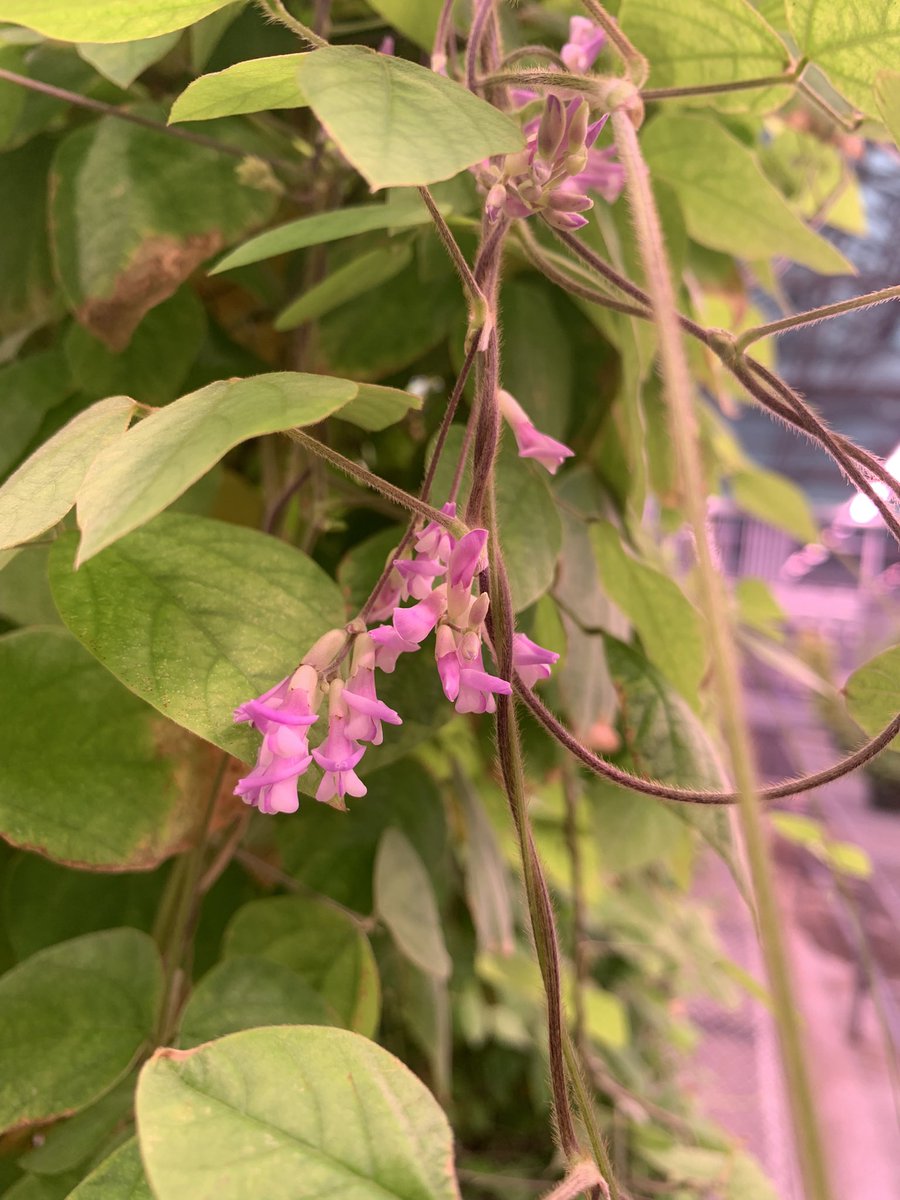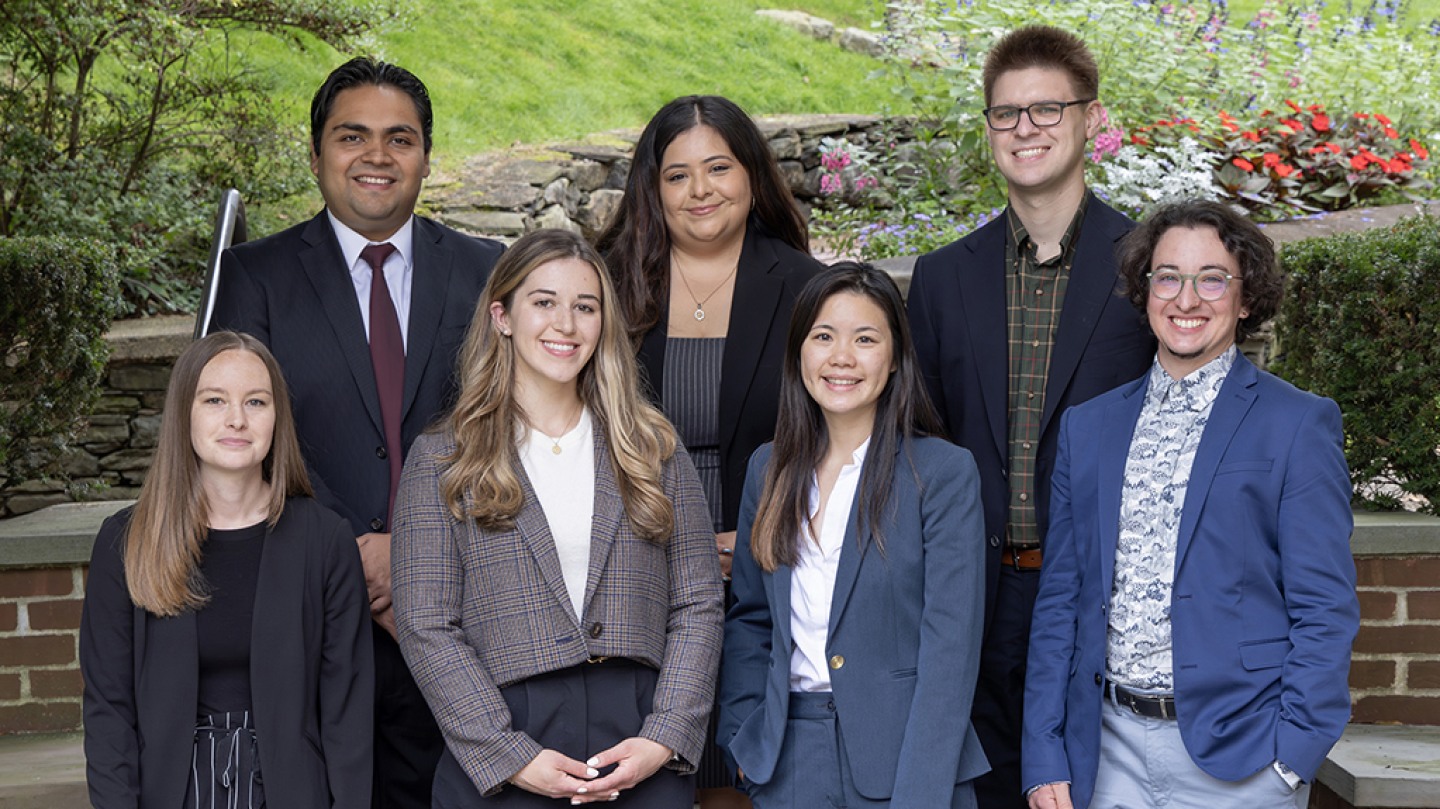
David Peede
@david_peede
Alleged Human Population Geneticist | Aspiring Speciation Geneticist | Hog-Peanuts | PhD Candidate in the Huerta-Sánchez Lab | Brown University | (he/him/his)
📷 Thrilled to share my 1st PhD's 1st publication at @LIIGH_UNAM. Anecdotally it is also my 1st paper as corresponding author from my group / the "Paloegenomics and Evolutionary Biology" at LIIGH. shorturl.at/VumOq. Let us know what you think about it.
Ancient DNA is reshaping human history. 🧬 Assoc. Prof. Emilia Huerta-Sánchez spoke with @NatGeo about new discoveries revealing a more complex picture of our ancestors and the other humans they encountered. 🔗 Read more: ow.ly/5Scz50UPvv7
🚨 New paper! 🧬 We explore ancestry shifts, kinship ties & Mediterranean links at Mas d’en Boixos (Catalonia), from the Neolithic to the Iron Age. 👨🏻🔬A long journey since my master’s! Huge thanks to @cmpereirasantos Assumpció & Bastien! @ACAD_Research_ shorturl.at/B8TlB
The paper is out in @AJHGNews!!! “Natural selection acting on complex traits hampers the predictive accuracy of polygenic scores in ancient samples”. Read it here: kwnsfk27.r.eu-west-1.awstrack.me/L0/https:%2F%2…
I am stoked to announce that my first first-author preprint is out!! 🎉 doi.org/10.1101/2024.0… I started this work as an undergrad student in @dortega_delv lab in collaboration with @mashaals and @emiliahsc. Summary ⬇️
Save the date! ProbGen 2026 will be hosted at UC Berkeley, March 25 to March 28, 2026, featuring keynote speakers @jkpritch and Sally Otto. Help spread the message to people who are not this dystopian hellsite.
Exciting news: CCMB PhD student Shevaughn Holness is one of 3 Brown students awarded funding from the @NSF's Graduate Research Fellowship Program to continue her work on population genetics. @BrownUResearch ccmb.brown.edu/news/2025-04-2…
Just saw someone saying using the em-dash is a sign of something being written by AI, because real people rarely use it. This is terrible news for everyone like me who has an unhealthy emotional attachment to the em-dash.
Season Two starts NOW! 🚀 Dr. @MEOrive joins us for #WomenInScienceDay and shares her academic journey - from finding her path in science to earning tenure✨ This convo is full of honesty and thoughtful insights! Listen now! 🎧 pod.link/1715048894
New preprint! We find a novel signal of positive selection in georeferenced genotype data, then use this signal to identify in-progress selective sweeps in the malaria vector Anopheles gambiae: biorxiv.org/content/10.110…
New paper with @smishra677 ! Maybe it will bring you some joy given all this (waves arms around). "Estimating recombination using only the allele frequency spectrum" 1/2 biorxiv.org/content/10.110…
New paper alert! My undergraduate work on modeling the relationship between temperature, coral microbiome composition, and black band disease progression is now published in Mathematical Biosciences: doi.org/10.1016/j.mbs.…
Thrilled to share: out now in @Nature (!) & just in time for US Thanksgiving, the dinosaurian history of how your turkey does the twist. Fibular reduction enabled mid-drumstick mobility, unlocking extreme knee long-axis rotation in theropods 🍗🦖🧵 nature.com/articles/s4158…
Evolution and Speciation enthusiasts! Please submit your abstract for the phd student + postdoc symposium ahead of the @GordonConf on Speciation (or encourage your lab members!). My co-chair @Anna_F_Feller and I would love to see you there: grc.org/speciation-grs…
Excited to share our review article on Denisovans, now out in @NatureGenet🥳I am very grateful to @emiliahsc for making this possible! Check it out 🔎🧬 nature.com/articles/s4158…
2¹³⁶²⁷⁹⁸⁴¹−1, discovered today, is the largest known prime. It's a Mersenne prime (2ᵖ-1), which are easier to find. It took nearly 6 years for the GIMPS software to find it after the previous largest known prime. It was also the first Mersenne prime found using GPUs.
Excited to share this new preprint with @spence_jeffrey_ and @DocEdge85 in which we developed a method to infer demographic history and mutation rates from millions of genomes, and applied it to gnomAD v4 data. Read on for a brief thread! biorxiv.org/content/10.110…

